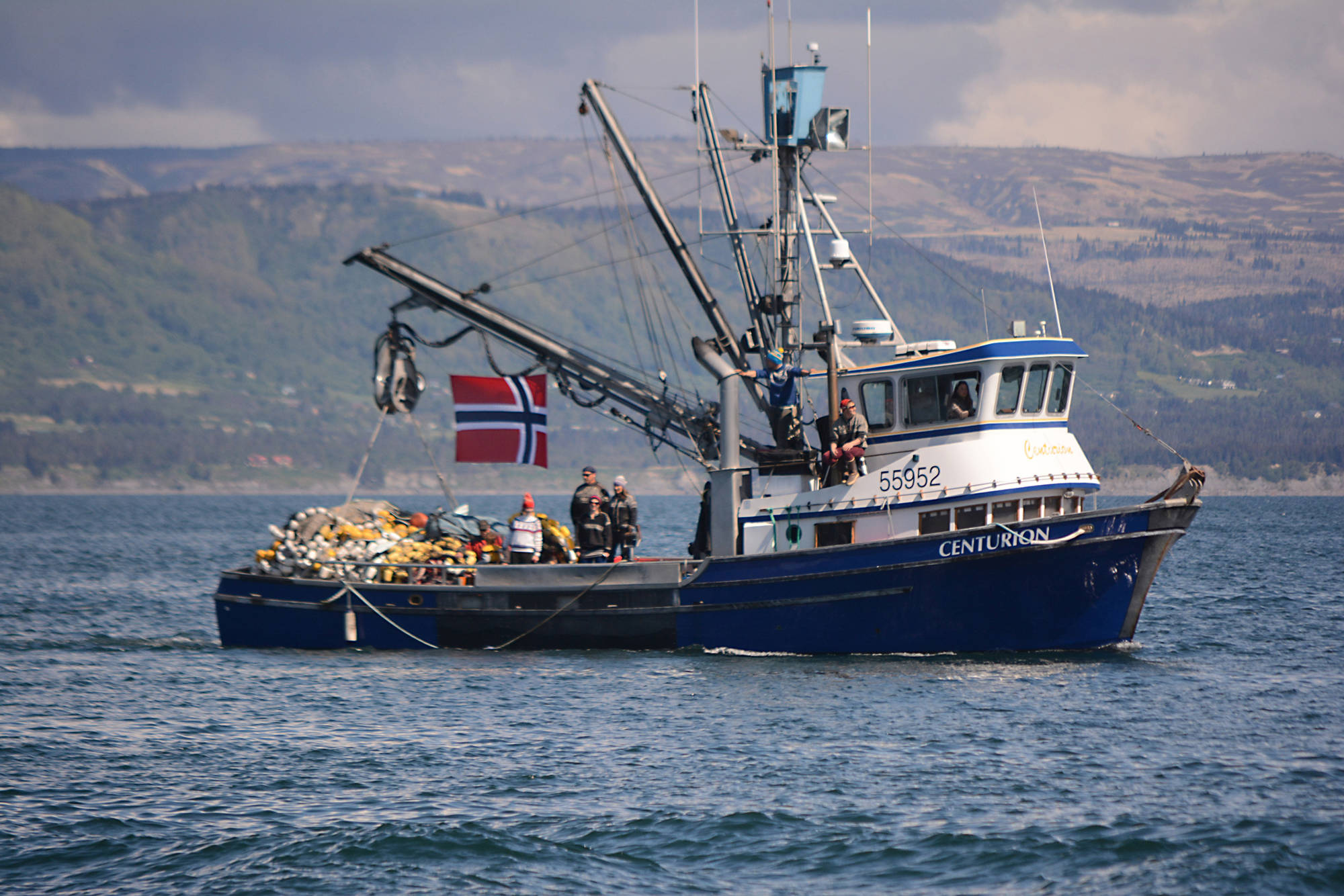Halibut Individual Fishing Quota holders are bracing for another drop in quotas after the International Pacific Halibut Commission laid out some grim numbers at their interim meeting last week.
Of particular concern is a dramatic drop in weight per unit of effort (WPUE), or average weight caught per hook, in the setline survey conducted by IPHC research vessels between 2017 and 2018.
Coastwide, from California to the Bering Sea, the WPUE dropped 5 percent in the IPHC survey, concerning enough by itself, but specific areas saw much more dramatic drops.
Area 2C, Southeast Alaska, was the worst hit with a 19 percent drop in WPUE, followed by a 13 percent drop in 3A, central Gulf of Alaska, and 10 percent in 4A, Eastern Aleutians. Smaller decreases of 2 to 5 percent were seen in some other areas, including the western GOA and the Pacific coast of the continental U.S.
Curiously, Area 2B, British Columbia, experienced an increase in WPUE, as did 4B, Western Aleutians, which saw 6- and 12-percent increases respectively. Halibut migrate in a clock-wise manner around the coast, so perhaps other areas may see some larger fish in coming years.
However, the WPUE numbers seen in the IPHC survey differ considerably from the ones seen in the logbooks kept by commercial fishermen, and not in a good way. The IPHC survey is conducted on a set grid, where commercial fishermen have no such restrictions. The commercial logbooks showed an even more significant drop, 11 percent coastwide.
For the first time this year, the IPHC teased out the difference between the WPUE in fixed longline gear versus snap gear in the commercial fleet, which showed that fixed-hook gear WPUE in Southeast Alaska was 12 percent less than last year, compared to snap gear which caught 5 percent more. That contrasts with British Columbia, where both gear types caught less, but only down 2 percent for fixed gear and 5 percent for snap gear.
The IPHC setline survey uses fixed gear.
In Area 3A, fixed gear WPUE was down 8 percent, while snap gear held steady with last year. In Area 3B, both fixed and snap gear were down dramatically, 29 percent and 22 percent respectively.
The Bering Sea/Pribilof Island areas, 4CDE, had the most dramatic shift between fixed and snap gear numbers, where fixed gear WPUE was down 6 percent while snap gear was actually up 17 percent.
Another number used to gauge the health of the biomass is the number of fish per hook, NPUE, which also fell in every area except 4B.
NPUE in all of Areas 2, from Southeast Alaska to California, experienced the most dramatic decline at 15 percent, with a coastwide average of 7 percent.
While IPHC biologists and statisticians no longer offer “staff recommendations,” they do present different models, called “decision tables,” showing probabilities, allowing for a stronger risk assessment. The commissioners frequently stick to the mid-line probabilities, but sometimes stray outside because of economic or social, rather than biological, concerns.
The final determination of halibut quotas will be determined at the IPHC annual meeting, which takes place in Victoria, British Columba, starting Jan. 25. However, last year the IPHC, comprised of Canadian and U.S. members who collectively manage the Pacific halibut fishery, failed to come to agreement over proposed reductions in quotas, which led to each country setting their own Pacific coast catch limits.
This year’s catch limit decision table shows the impact of different possible levels of fishing intensity from “no fishing” to “the highest level in 50 years,” and what the impact would be on the stock trend: how close the stock may come to “alarm” reference points; and the risk to future catches.
The results show the possible results that stakeholders, including resource managers, fishermen and business owners, can expect at different harvest levels of the available biomass.
The IPHC is also proposing two new rules this year, one to set fixed dates for the opening and closing of halibut season, which this year was noon March 11 to noon Nov. 7, and a rule considering extended openings in Area 2A to increase safety and reduce the derby-style fisheries, one of the last remaining open-access halibut fisheries. Catch limits would not be affected by the change.
Proposals from the commercial fishing industry include changing the fishery in 2A to an IFQ program, something that drew many questions from the commissioners, and will likely draw more comments from the industry at the annual meeting.
Cristy Fry can be reached at realist468@gmail.com.



